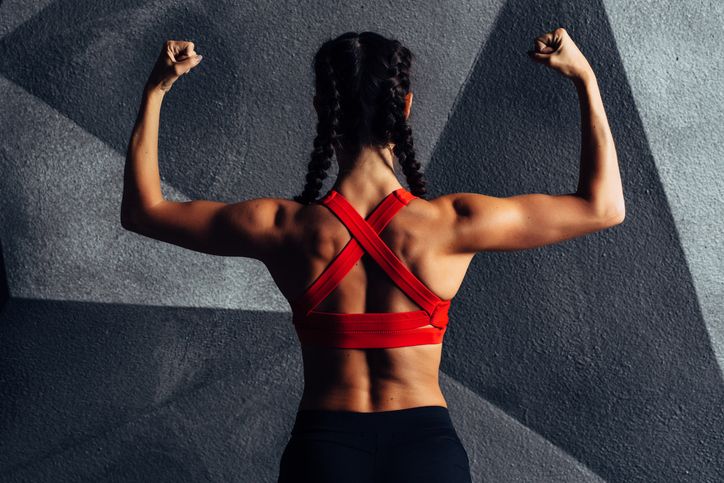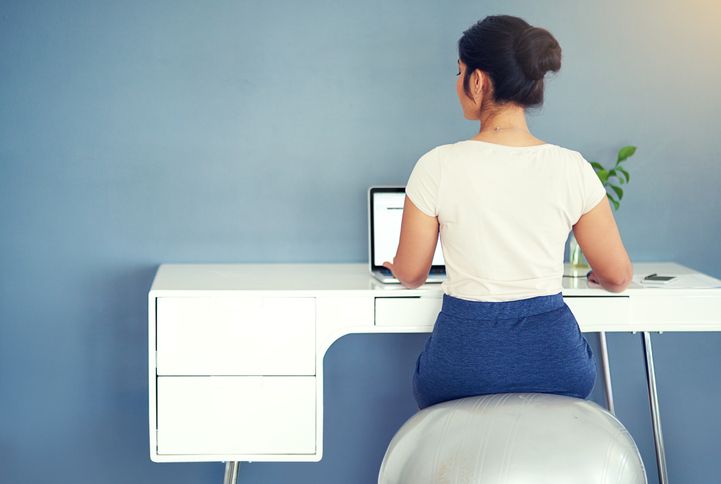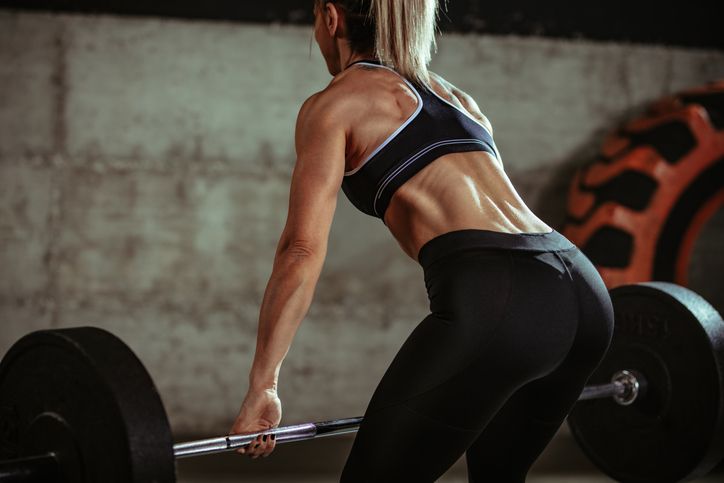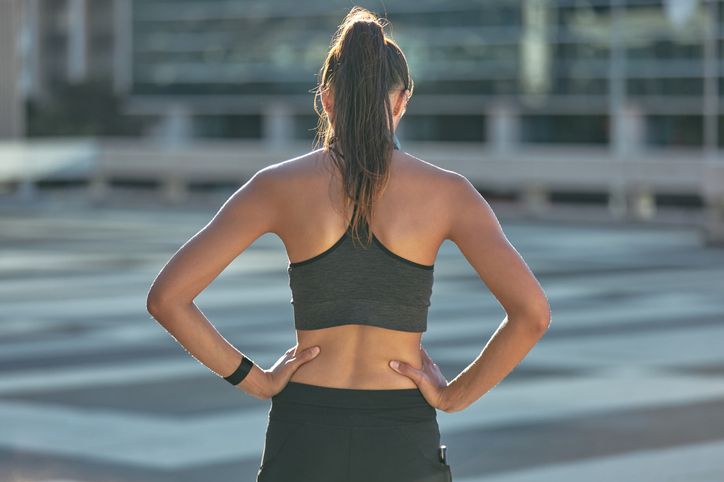- Home
- Trend
- Weight Loss Strategies
- Acne Tips
- Hair Health Information
- Blemish Removal Tips
- Acne Scar Removal Tips
- Muscle Building Techniques
- Intimate Care Tips
- Postpartum Intimate Care
- Eye Bags Wiki
- Tips for Face Slimming
- Secret of Permanent Hair Removal
- Breast Enlargement Tips
- Cure to Snoring
- Marionette Lines
- Skin-Tightening Secrets

免費體驗
S6 Body Sculpting Treatment
1 Minute Self-Registration
Date should not be before minimal date
Want a back that looks great in any outfit and gives you strength and confidence? You're in the right place! In this blog, we’ll explore the 10 best back workouts to help you slim and tone your back, enhancing both beauty and strength. Whether you're aiming to reduce back fat, improve posture, or build lean muscle, understanding the anatomy of your back and the most effective exercises is key. Get ready to transform your back with exercises like pull-ups, rows, and more, ensuring you look and feel your best. Let's dive in and discover how to achieve that beautifully toned and powerful back!
1
Anatomy of the Back Muscles

Latissimus Dorsi
Trapezius (Upper, Middle, Lower)
Rhomboids
Erector Spinae
Multifidus
2
Benefits of Back Exercises

Improved Posture
Enhanced Strength and Endurance
Reduced Risk of Back Pain and Injuries
Better Athletic Performance
- Why My Lower Body Fat Loss Plans Won't Work? The Answer You've Been Waiting For
- Lecithin Weight Loss: What Exactly Can This Substance Do?
- 16 Best Belly Fat Exercises to Help You Lose Belly Fat and Strengthen Abdominal Muscles, Science-Proven!
- Protein Food: Top 12 High-Protein Foods, Recommended By Dietitian
3
Top 10 Back Exercises

1. Deadlift
2. Bent-Over Row
3. Pull-Up
4. T-Bar Row
5. Seated Row
6. Lat Pulldown
7. Single-Arm Dumbbell Row
8. Face Pull
9. Inverted Row
10. Back Extension
4
S6 Body Sculpting Treatment: Sculpt Your Slim, Toned Back Effortlessly!


免費體驗
S6 Body Sculpting Treatment
1 Minute Self-Registration
Date should not be before minimal date
5
Tips for Effective Back Workouts

6
Common Mistakes to Avoid


免費體驗
S6 Body Sculpting Treatment
1 Minute Self-Registration
Date should not be before minimal date
FAQ

How often should I do back workouts?
Aim to include back workouts in your routine 2-3 times per week. This frequency allows for adequate muscle recovery and growth. Ensure you incorporate rest days and mix heavy and light training sessions to balance intensity and volume.
Can I do back exercises at home without equipment?
Yes, you can perform many effective back exercises at home without equipment. Bodyweight exercises like inverted rows, pull-ups using a sturdy bar, and back extensions on the floor are great options. Resistance bands can also add variety and resistance.
How do I avoid lower back pain during back exercises?
To avoid lower back pain, always maintain a neutral spine and proper form. Engage your core during lifts, avoid excessive weights, and don't round your back. Warm up thoroughly before your workout and incorporate stretches to improve flexibility.
What is the difference between pull-ups and lat pulldowns?
Pull-ups are a bodyweight exercise where you lift your body towards a bar, targeting the lats and upper back. Lat pulldowns mimic this movement but are performed on a machine, allowing you to adjust the weight and potentially target the muscles differently.
Why should I use different grips in back exercises?
Using different grips in back exercises targets various muscle groups and can help prevent plateaus. For example, an overhand grip emphasizes the upper back and rear deltoids, while an underhand grip targets the lower lats and biceps.








